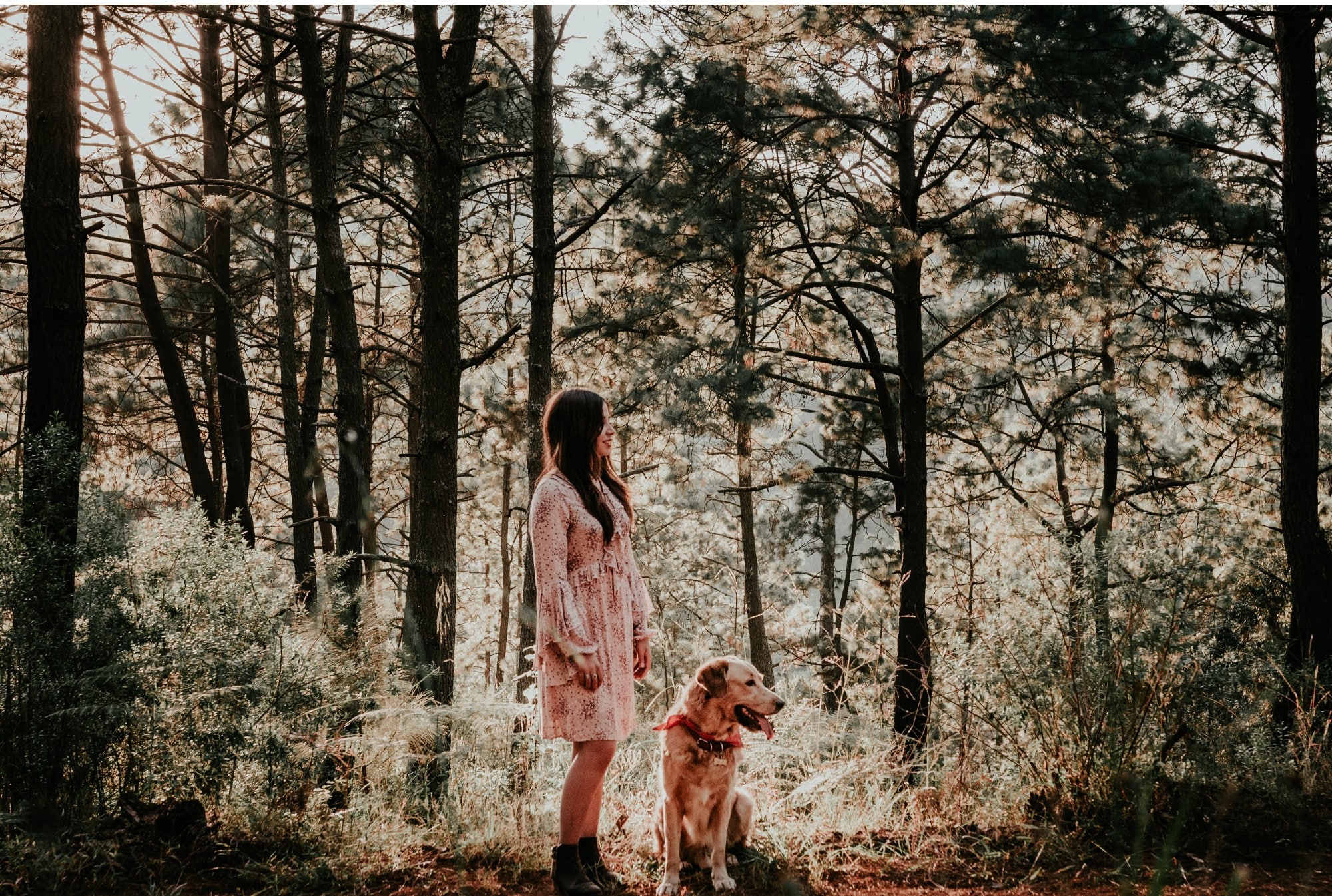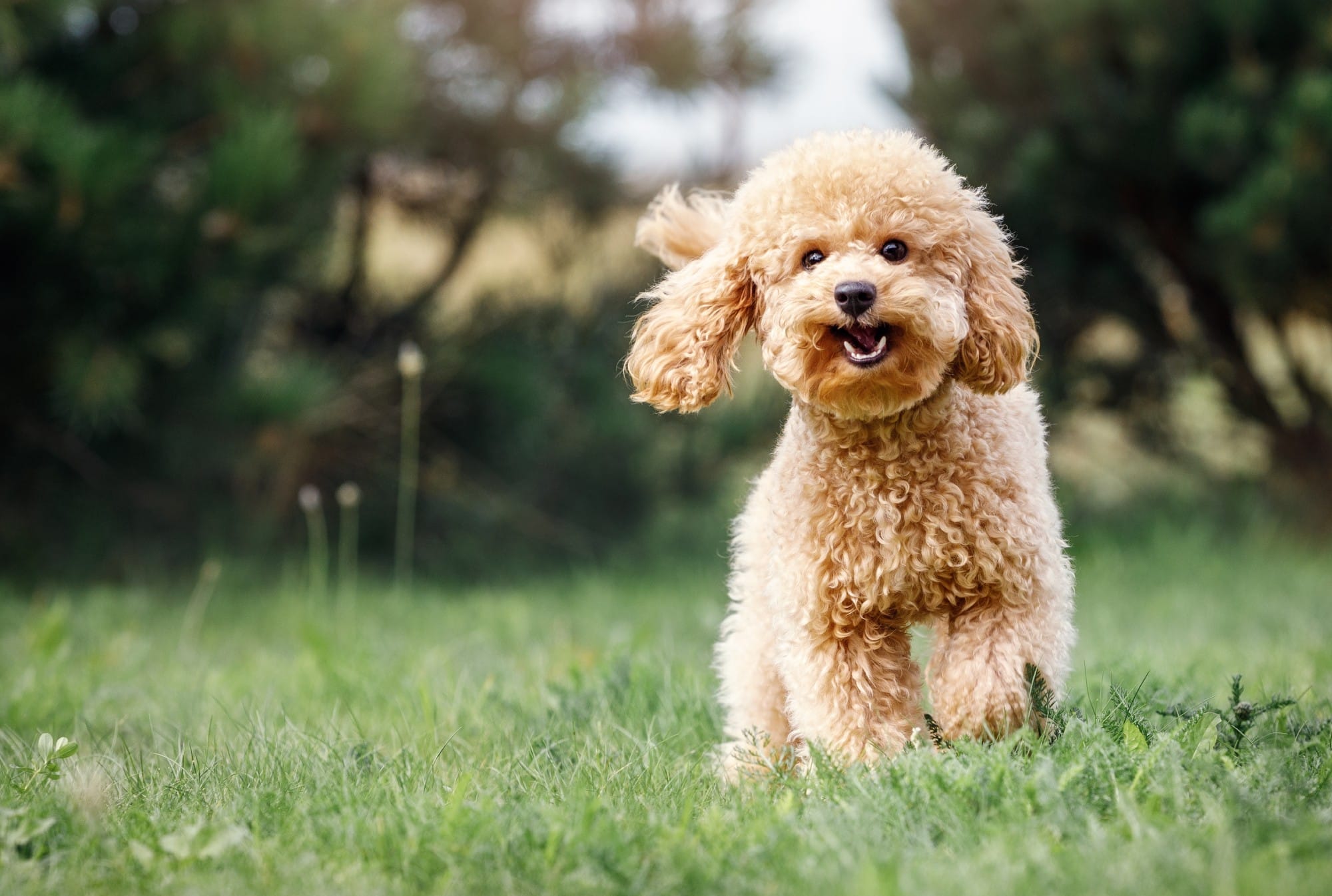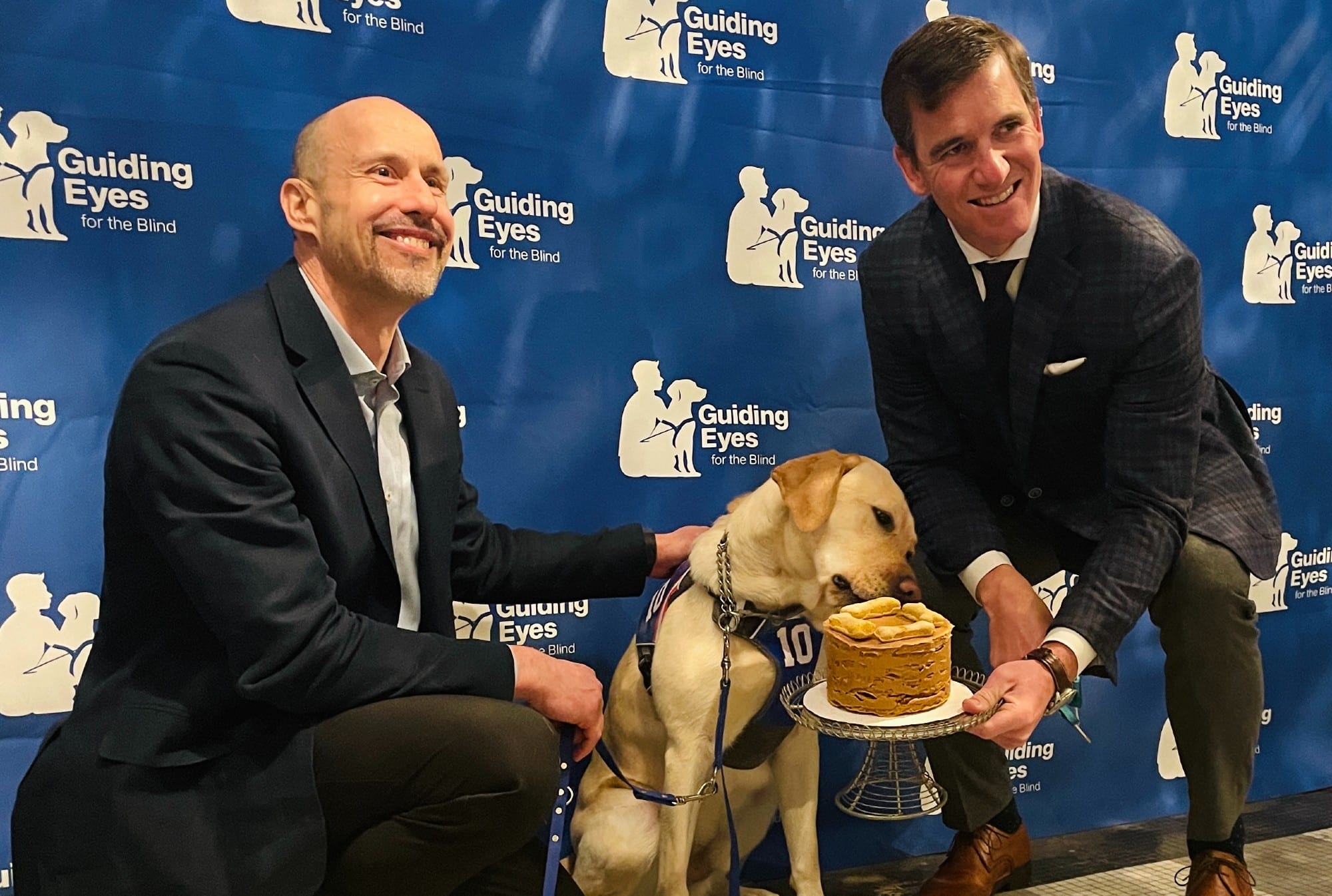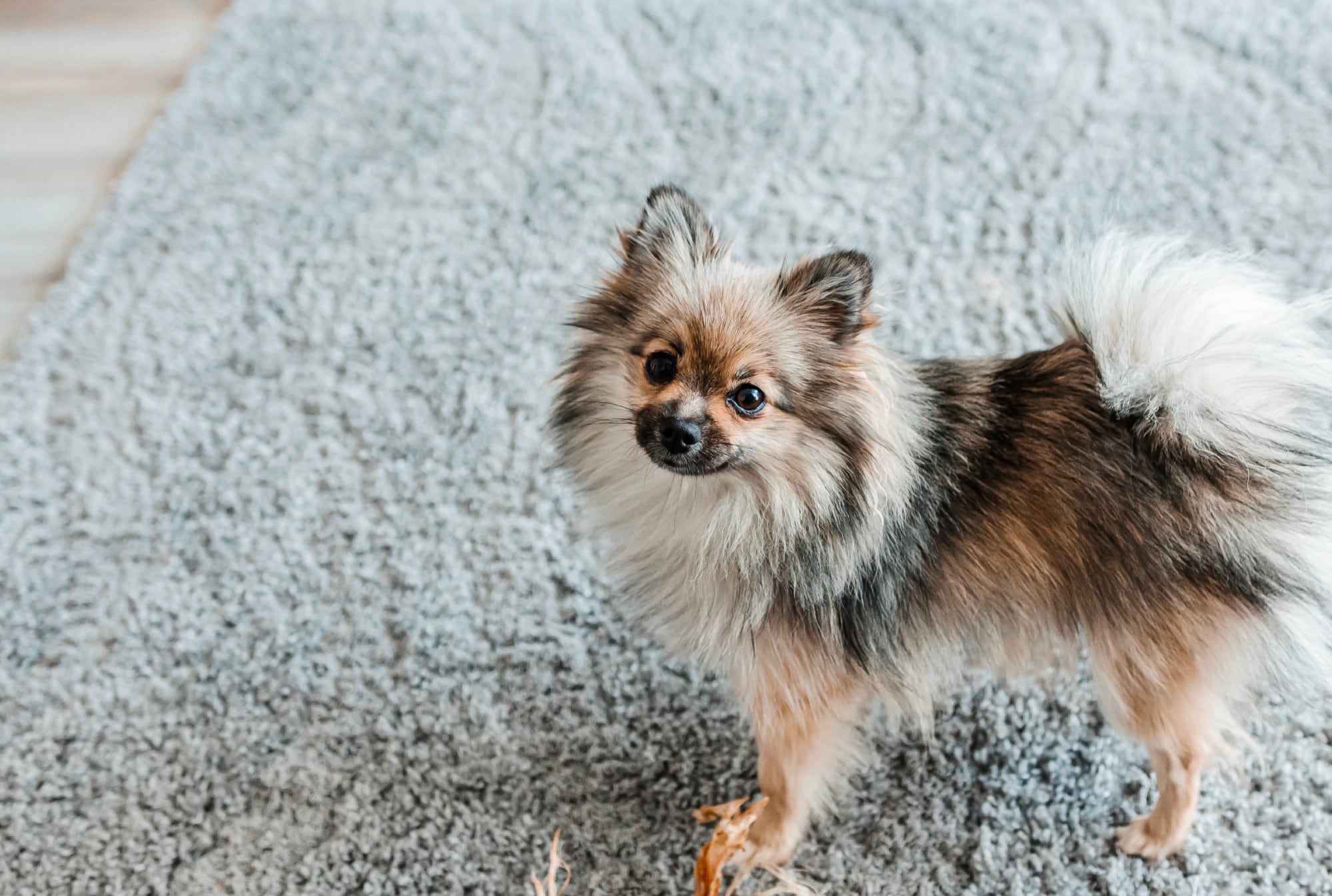Humans aren’t alone in their struggle to adjust to social distancing and the coronavirus lockdown — our dogs are struggling too. From the closure of dog parks to the lack of play dates, dogs are experiencing some of the same symptoms as their human caretakers: the coronavirus blues. Except for dogs that have suffered from separation anxiety.
With their humans at home 24/7, dogs who have difficulty being left alone are most likely thrilled. Their concerns about being separated from their family feel like a thing of the past. But will the constant presence of their people undo the months of training you’ve done to help your dog overcome their anxiety?
Maybe not. “Your dog shouldn’t regress into separation anxiety issues if you stick to your training wherever you can,” says Dr. Adam Boyko, a canine geneticist, co-founder and chief science officer of Embark, a dog DNA company.
Related: Senior Dog Suffering From Separation Anxiety Finds Comfort in a Mannequin
Separation anxiety ranges from a mild case of stress to a full freak out when a dog is left alone at home. Dogs that have been previously abandoned or passed from owner to owner may suffer from separation anxiety, but the behavioral issue can also arise from dogs who were raised by a family from puppyhood.
Indeed, it is estimated that 14 percent of dogs suffer from separation anxiety. Symptoms include destructive chewing, barking, pacing and inappropriate elimination in the house. (Try to remember that your dog is NOT peeing on your carpet to get back at you; rather, it’s a response to an extreme fear that you will never come back.) If your dog has extreme anxiety when left alone, consider talking to your veterinarian about medication, which can give your dog enough of a break from anxiety to get a handle on the fear that you won’t ever return.
Related: What’s Going on With Your Senior Dog: Is it Behavioral or Medical?
One of the most common training methods to help your dog is desensitization, according to Boyko. This involves slowly exposing your dog in very small increments to the thing that’s causing anxiety. In the cases of separation anxiety, this means leaving him alone for a few minutes at first, and then extending the time until he is able to relax. You can start by simply going into another room and shutting the door.
If you’ve finally seen progress with your dog’s anxiety, or you’re still actively working on it, being home all day every day can certainly undo the good work you’ve done. Ideally, you should figure out a routine to make sure your dog has some alone time daily to practice his skills.
“Give your dog plenty of opportunities to be alone while you stay safe and practice social distancing,” says Boyko. We’re all staying in as much as possible, but it’s still healthy — and necessary — to go out for necessities or even to take a quick walk. If you use specific going out “cues,” like taking your keys off a hook by the door or putting on your shoes, be sure to continue using them; they will let your dog know you’re leaving, but you will be back.
Use short excursions to reinforce your dog’s training. For example, says Boyko, going out to get groceries once a week is a perfect time to leave your dog alone for an extended period. Give your dog something to keep her occupied, such as a treat-filled Kong, before leaving the house or a safe puzzle — and don’t make a big deal out of leaving.
Related: How to Stop Your Dog From Tearing Up Your Home When You Are Gone
“For shorter chunks of alone time, you can do smaller tasks like checking the mail or taking a quick walk around the block,” notes Boyko. Or if you have a backyard or a balcony, sit outside in a spot where your dog can’t see you and read a book. “Throughout the day, you can also set your dog up in their own room with water, toys and their crate to keep a certain level of separation between you.”
Even if you are working in one room while your dog is alone in his “safe” space, whether that’s a bed, kennel, or dedicated area in your home, as long as your dog can’t see you, she will benefit from the alone-time practice.
Formulated by a vet and backed by science, our Bye Bye Pup Worries use powerful natural ingredients like lemon balm and green tea to helps relieve nervousness, anxiety, and stress, so you can have a relaxed and happy pooch. Made in the USA




















